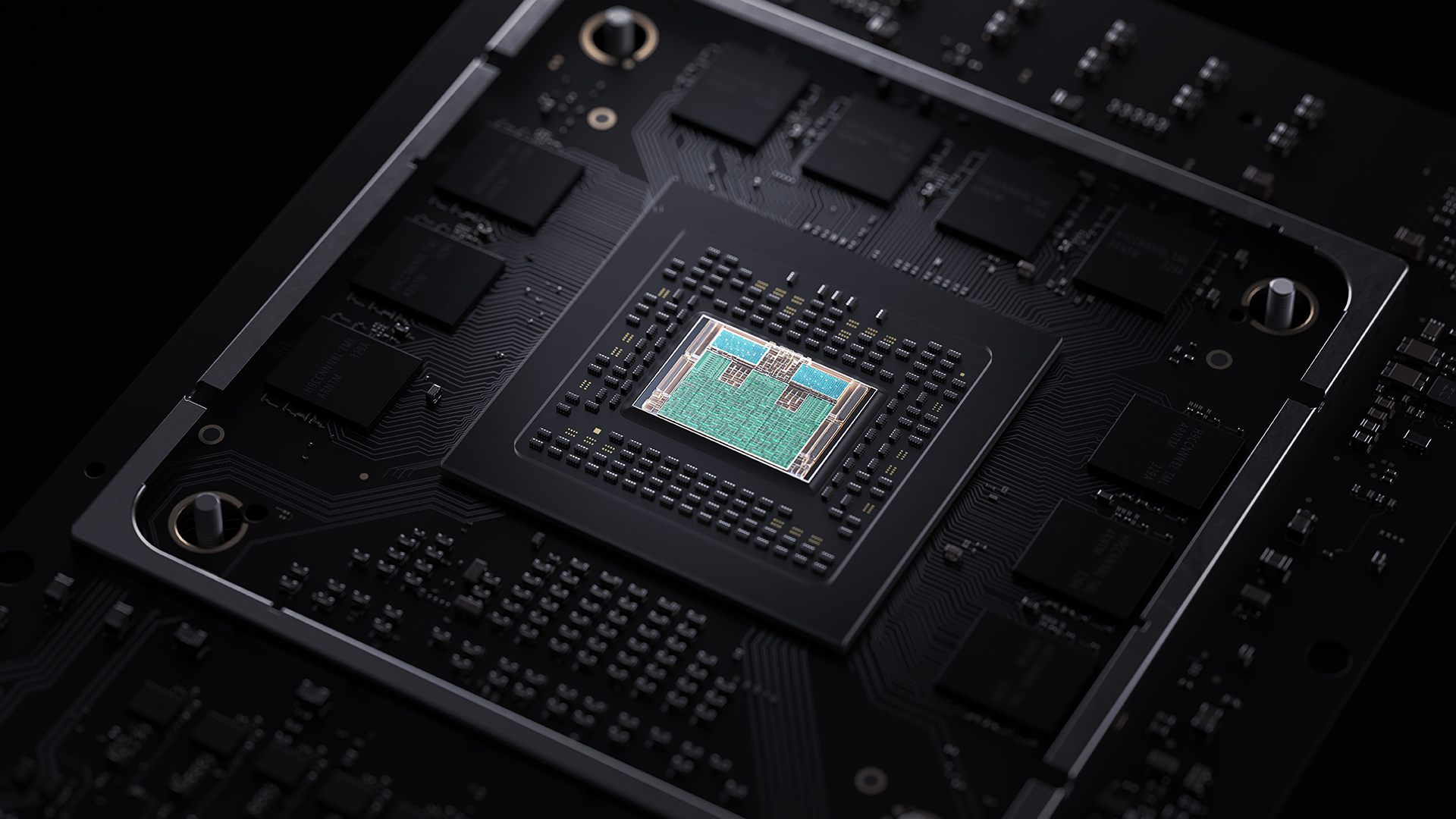Three generations of processors will be sold under the name Ryzen 7000
On Friday, we wrote about a rather unexpected announcement from Nvidia, which, after much criticism from buyers, has canceled the release of the RTX 4080 12GB graphics card due to confusing labeling. Unfortunately, even AMD products cannot escape this somewhat vague designation, as Videocardz magazine now reports.
While all Ryzen 7000 desktop processors are built on the latest Zen 4 architecture, it will no longer be as straightforward for mobile devices. AMD is reportedly planning to sell processors in three different architectures, namely Zen 4, Zen 3, and Zen 2. Luckily, they will differ by at least one number. So far we know Ryzen 7420U and 7520U (Zen 2), Ryzen 7630U (Zen 3) and Ryzen 7640U (Zen 4). However, this is a rather confusing sign.
They will also differ in graphics chip. The first two Mendocino branded processors will offer RDNA 2 based iGPUs. However, the Zen 3 architecture processor only uses the old Vega, while the Zen 4 architecture based processor on the other hand uses the latest RDNA. 3.
DirectStorage 1.1 will bring GPU decompression
This spring, Microsoft finally released its long-promised DirectStorage technology, which can take advantage of fast NVMe SSDs for faster boot times. However, we have not yet been able to practically face the technology in games. The first game to promise DirectStorage support was Forspoken, but it has since been delayed several times.
But even that didn’t stop Microsoft from continuing to develop this new technology, and a few days ago it announced version 1.1. Now it is in the final stages of development and should appear somewhere at the end of this year. The main innovation will be GPU decompression, which will not only speed up loading, but also offload the processor. You can see for yourself in the image below, where MS shows the new version of DirectStorage in action. GPU decompression (left) is significantly faster, reducing CPU usage from 100% to 15%. So its performance can be used elsewhere.
The requirements remain almost the same as in version 1.0. You’ll need a graphics card that supports DirectX 12 Ultimate and ideally Windows 11, though Microsoft says the technology works on W10 as well.
Source :Indian TV
